5. Thelma (Joachim Trier)
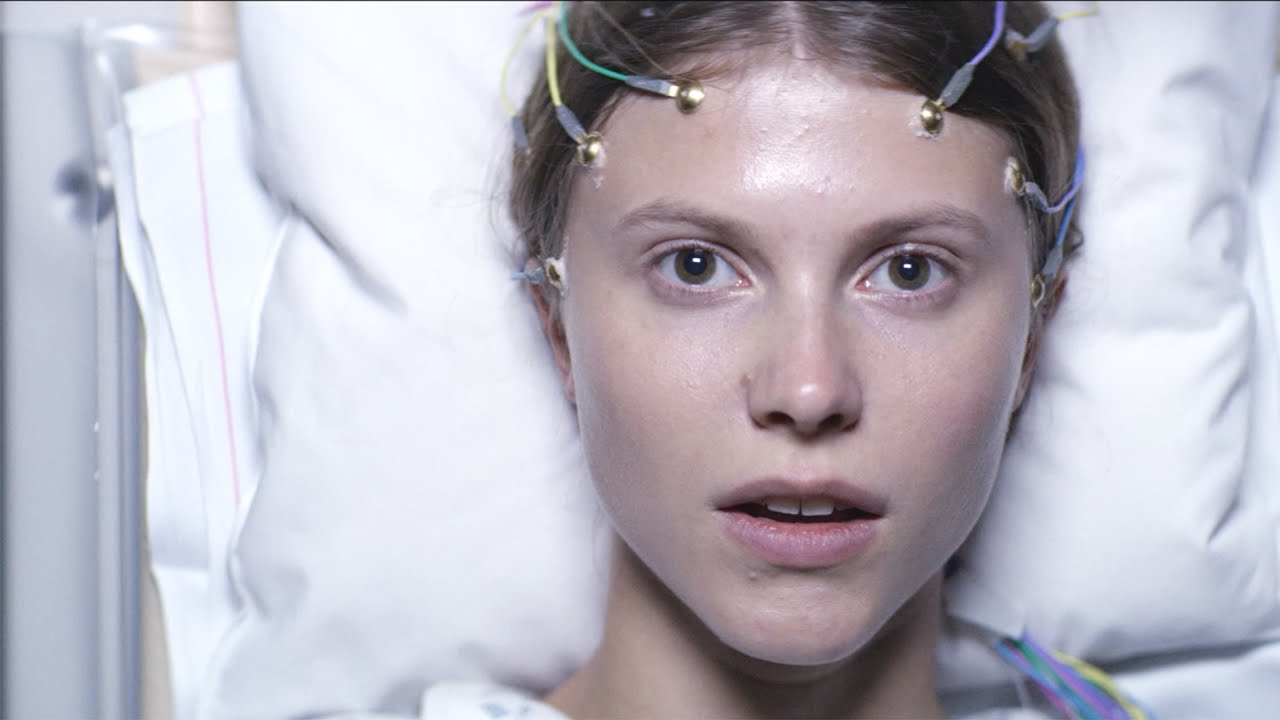
On the surface, “Thelma” by Norwegian director Joachim Trier seems like a melancholic romance between two students. But the coming-of-age elements (moving away from home, the beginning of a new phase of life, and the detachment of family are essential motifs of the film) get frequently interrupted by supernatural horror sequences when protagonist Thelma has epileptic seizures and strange kinetic interactions with animals and her fellow students.
“Thelma” gives a surreal insight into the dynamics of suppression, familiar pressure and the obsessive abuse of religion. The boundaries of her strict orthodox family and unexpected feelings for a same-sex student generate unconscious friction that she can’t run away from, even if she tries.
What might not be noticed by her on first sight finds its expression in the form of the aforementioned epileptic seizures and depression. The movie doesn’t criticize religion in its entirety, but rather the protagonist’s parents use of Thelma’s family-imposed faith to control and plant thoughts of shame.
The use of supernatural and superficially anti-logic elements opens the gate for originality and a refreshing take against constrained and rationality-based story conceptions. It’s nice to see a movie that doesn’t try to implicate the surreal into a logic from outside the film’s world, but treats it as a given.
One can assume the movie is an abstraction of some major socially themes with discreet bonds to the oeuvre of David Lynch or Luis Buñuel (one might think of “Belle de Jour” during Thelma’s sexual ravings). The scheming intricacy of the movie’s reality, dream sequences and flashbacks works quite well in this context, taking care of some unexpected twists.
With its bleak visuals and the motif of a frozen lake, the cinematography finds a well-crafted way to illustrate the movie’s themes. Even though the icecap seems quite impenetrable, beneath it there might be a blazing fire, making its way through.
4. Get Out (Jordan Peele)
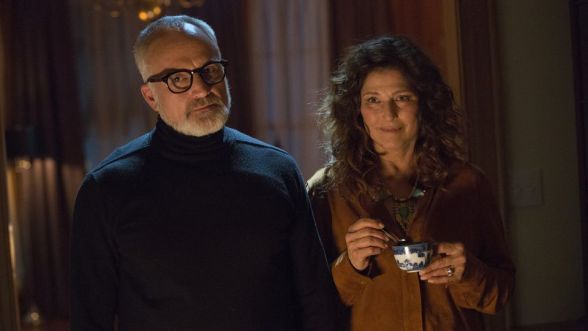
Jordan Peele’s “Get Out” is exceptional on a variety of grounds. A horror-thriller that made over $250 million on a $4.5 million budget is quite a rarity, and a horror thriller that is nominated for four Oscars, all of which are in the main categories, is even rarer.
There’s no doubt, Peele definitely struck something with his satirical movie and the illustration of power dynamics between black and white America. To dive into metaphorical realms for this sake, “Get Out” is a monster film. But instead of focusing on a hellish behemoth with an unappeasable bloodthirstiness, the movie’s subject is the monster of racism, well groomed inside the apparently idyllic suburbs of America.
African-American photographer Chris Washington and his white girlfriend Rose go on a weekend foray to her parental country estate. Her well-heeled parents seem to welcome her daughter’s partner with open arms, but start to act in a slightly mysterious manner. Nearly forced to undergo the mother’s ominous hypnosis, Chris starts to discover strange happenings, regarding other African-American inhabitants.
Peele uses the conventions of the horror and thriller genres to make the view of the young African-American accessible for a large audience. But instead of illustrating racism as an ideology of skinheads or rednecks, the alt-right is the movie’s subject.
Here, the racist ideas are treasured like a wolf in sheep’s clothing, a brooding stove full of xenophobia and fear of the other. It’s Peele’s aim to uncover the lie of post-racist America. With “Get Out,” he definitely stepped in the right direction while also delivering a captivating screen experience, where the thrill lies in the mystery and social relevance.
3. The Killing of a Sacred Deer (Yorgos Lanthimos)
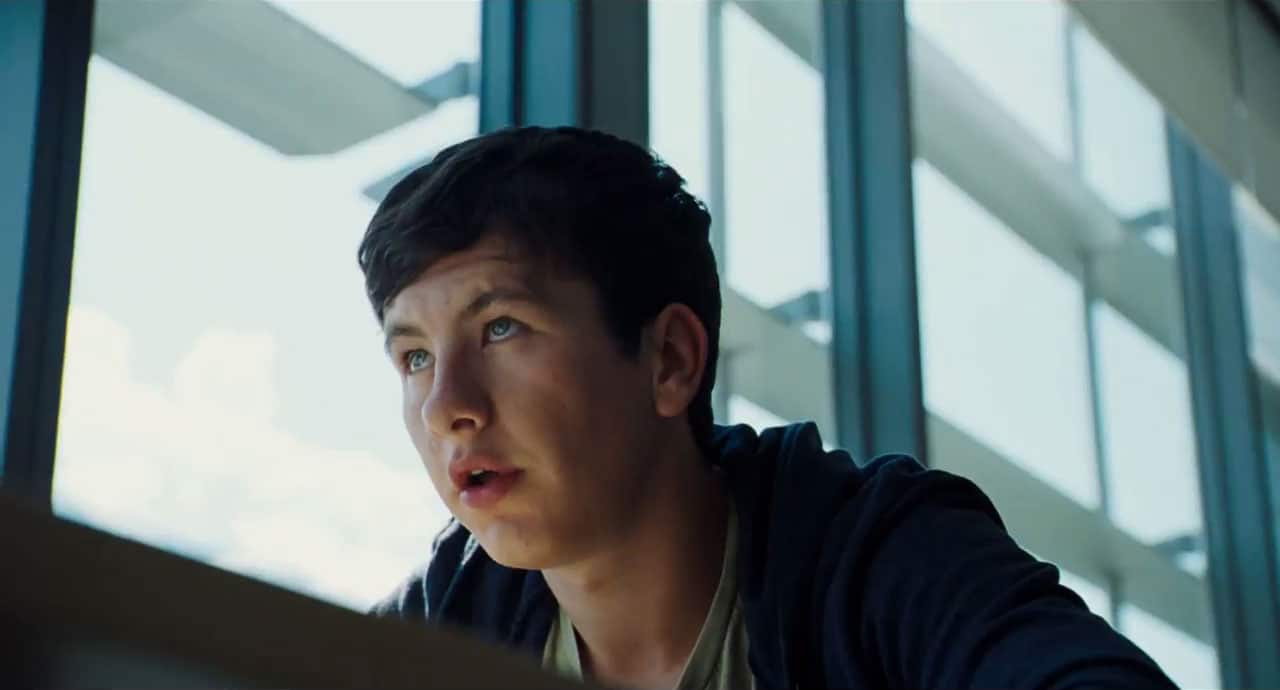
Greek writer-director Yorgos Lanthimos proved himself to be one of the most original and talented filmmakers of contemporary cinema with his own mélange of surrealism, social criticism, cynicism and black humor.
“The Killing of a Sacred Deer” is his take on the Greek tragedy “Iphigenia,” offering an interesting mix of different influences, as well as the director’s very own style. Like in “The Lobster,” this movie reveals strong Kubrick relations, especially when it comes to the cinematography and his use of music.
From the in-your-face opening shot of an open heart surgery, one is aware of being in the hands of an modern auteur who exactly knows what he wants to tell the audience and which aesthetic instruments he wants to use for that. Interweaving Lanthimos’ artificial aesthetic, a classical drama-structure and surreal invasions, the movie is one of the most bizarre of 2017.
Consciously, it ropes the viewer into an inexorable maelstrom of dream-logic, violence and the craving for justice. Quite like Aronofsky’s “mother!” the movie works more like a cinematic parable, but a conventional thriller. But it’s exactly this permanent stay of ambiguity that makes for the movie’s tensions.
The permanent possibility of death works quite well in a movie, where its protagonist, a surgeon, has to face it on an everyday basis. Actually, one can look at the movie as a cinema-turned disease. Martin (played by Barry Keoghan) tries to invade the surgeon’s family life, working like a interesting mixture of Norman Bates and Damien from “The Omen.”
It turns out that he lost his father, additionally enhancing his mysterious aura, shortly before he starts to threaten not only Farrell’s character, but his whole kin. That’s the point where the symptoms arise, starting to spread like a virulent organism until the movies psychotic, violent, mind-bending climax.
2. In the Fade (Fatih Akin)
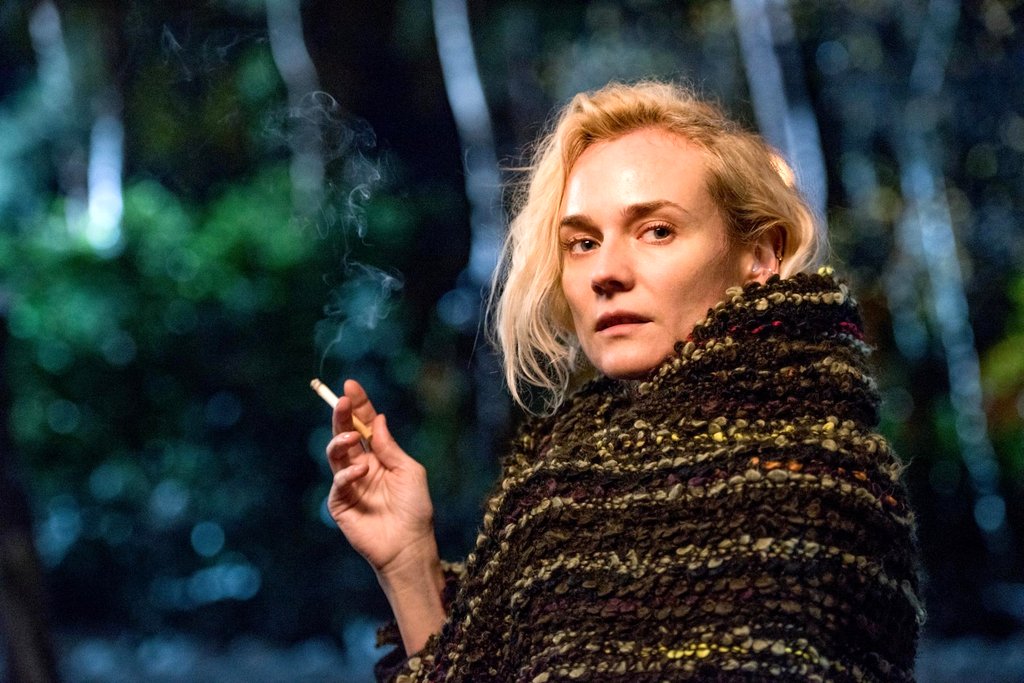
While international critics hailed Fatih Akin’s ninth feature as a major success, the German press offered a far more polarizing picture. Based on a barbarous series of murders by a neo-Nazi cell between 2004 and 2011, “In the Fade” depicts a woman whose family falls victim to a nail-filled bomb attack.
An oft-occurring item of review was Akin’s screenplay and the narrative’s concentration in comparison to the real life events. But that’s cinema. One can’t tell an electrifying story on one hand, while delivering an accurate report of a trial that’s run for five years with no end in sight on the other. With that in mind, “In the Fade” is a great reality-based story in a suspenseful dress.
The movie’s first two-thirds oscillate between a melodrama and a courtroom film. The last chapter focuses more on typical thriller elements, resulting in a disturbing ending that accompanies the viewer from the cinema straight into bed. This entanglement of genres mirrors in the movie’s overall purpose.
“In the Fade” depicts the governmental forces against xenophobia, misanthropy, and contemporary forms of national socialism. Even though the rule of law is in order to prosecute criminals, it’s far from impeccable. It’s the victims task to find a way through the pain, the grief and also the anger.
While the directing of Akin works quite well and some cinematographic masterstrokes deserve a special mention (the calm close-up tracking shot of a corsair miniature, dissolving into the suicidal attempt of the main protagonist in her bath tube), it’s the performance from Diane Kruger that gives the movie its huge impact. In her first German feature, she delivers her career-best performance and creates an emotional depth she hasn’t showed in her previous roles.
1. Good Time (Benny & Josh Safdie)
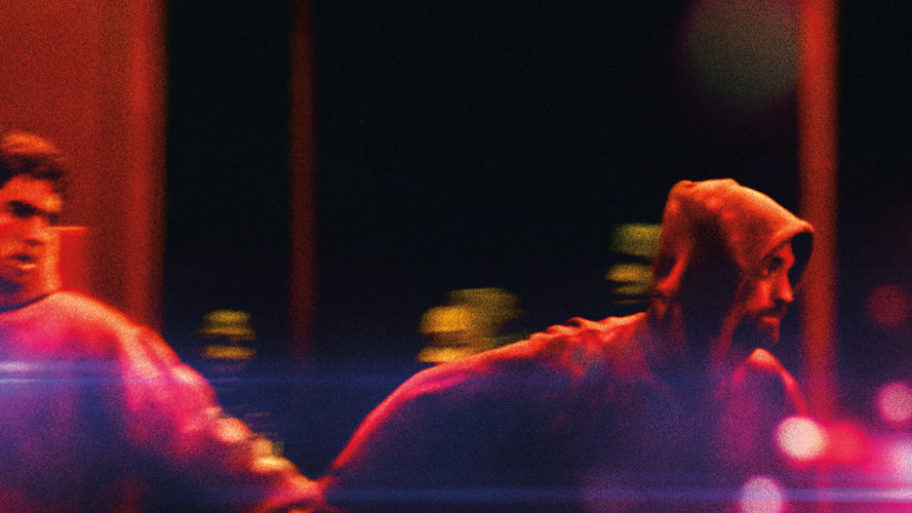
This movie from the Safdie brothers knows how to impress in huge ways, truly deserving its six-minute standing ovation at last year’s Cannes Film Festival. Starring Robert Pattinson, the movie proves to manifest his status as an excellent actor in independent films after great appearances in movies such as “A Childhood of a Leader,” “Cosmopolis” and “The Lost City of Z.”
Domiciled in the suburbs of New York, Connie Nikas ropes his disabled brother Nick into a half-baked bank robbery. The unavoidable happens and Nick gets arrested while Connie tries to rescue him. The script is loaded with twists and turns one isn’t aware of, putting the audience into the protagonist’s shoes.
The movie feels like a nearly two-hour sequence of intriguing close-ups and neon shades of red and blue, just like the flashing lights of an approaching police car. The frequent abandonment of long shots results in a constant feeling of claustrophobia and anxiety.
While the characters’ environment isn’t transparent on first sight, the narrative’s outcome isn’t as well. The writing of Ronald Bronstein and Josh Safdie is excellent. Even though we don’t get tons of back story, the characters reveal their nature during their decisions and actions and “Good Time“ is packed with it.
The score of American electronic music producers Oneohtrix Point Never might be one of the best soundtracks of 2017. His similarly strong-sketched electronic synth programming and gripping guitar patterns run through an equally exhausting and sinusoidal ride as the characters.
In combination with the visuals, the score unfolds an atmosphere that imprisons the viewer for the movies runtime and nearly has something of a horribly wrong-turned urban adventure. The influences of 80’s synth pop and Tangerine Dream find a perfectly balanced ending in the ballade “The Pure and the Damned,” a collaboration with Iggy Pop.
With the success of “Good Time,” the Safdie brothers continue their rise in arthouse cinema. One can be curious about their future works. Currently they are working on their next thriller, “Uncut Gem,” with Martin Scorsese officiating as executive producer.
Author Bio: Berlin-based Luc Hinrichsen has a bachelor’s degree in audio engineering, while working for a film distribution company. Besides that, he’s an aspiring screenwriter and director, always curious about enlarging his knowledge about film and its history.